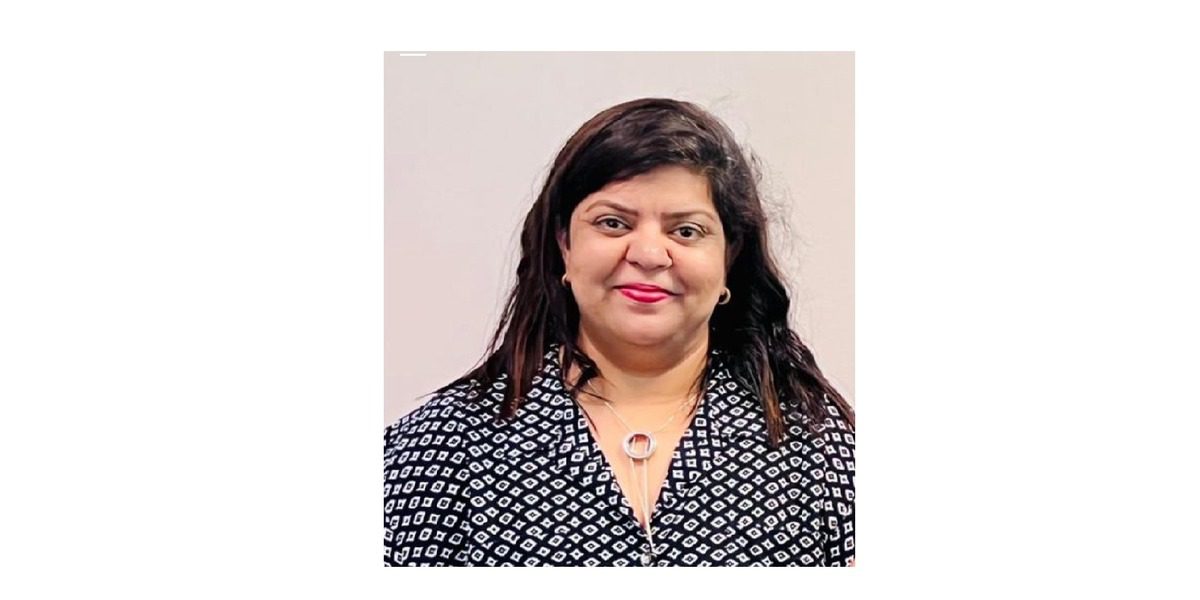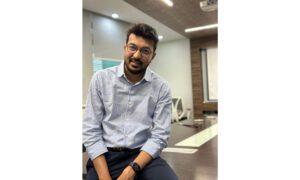The enterprise technology landscape is undergoing a fundamental shift and Arpita Soni has been at the forefront of this transformation. With over twenty years of experience leading strategic business transformation initiatives for Fortune 500 clients, Arpita brings a unique perspective on what the future holds for enterprise technology.
According to Arpita, legacy modernization is not merely a technical exercise but a strategic business imperative. During her leadership of transformation programs, she pioneered approaches that converted legacy financial applications into scalable, cloud-native platforms. Her work transforming U.S. retirement and investment systems managing millions of daily transactions demonstrates how thoughtful modernization delivers transformational outcomes while maintaining operational stability.
Arpita emphasizes that the biggest mistake organizations make is treating legacy modernization as an IT project rather than a business transformation. She advocates for a phased approach beginning with comprehensive assessment, identification of critical business capabilities, and careful prioritization based on business value and technical feasibility.
Cloud Migration: Beyond Lift-and-Shift
Arpita Soni is adamant that organizations must resist treating cloud migration as merely a lift-and-shift exercise. Having led the Digital-Online and Mobile Banking Enterprise Cloud Modernization Program and migrating legacy mainframe infrastructure to AWS Cloud, she understands the complexities involved. Her methodology emphasizes embracing cloud-native principles, leveraging microservices architectures, containerization and serverless computing.
During the legacy modernization Arpita architected enterprise test automation frameworks validating over five million data records while building GoCD automation pipelines that reduced release cycle time by thirty-five percent. For Arpita, quality and speed are complementary outcomes of well-designed cloud-native architectures, not competing priorities.
Intelligent Automation and Self-Healing Systems
When it comes to automation, Arpita’s vision goes far beyond simple task elimination. She envisions automation frameworks incorporating artificial intelligence and machine learning to create intelligent systems capable of decision-making, self-correction, and continuous improvement. Her development of self-healing bots for regression environments achieved a seventy percent reduction in downtime, demonstrating how autonomous systems can detect, diagnose, and correct failures without human intervention.
According to Arpita, organizations should adopt a phased automation maturity model. The first phase involves automating repetitive manual tasks. The second phase integrates automation into continuous integration and deployment pipelines. The third phase, which Arpita considers the industry’s future, involves AI-driven intelligent automation that adapts to changing conditions and makes autonomous decisions.
Arpita’s contribution to One Million Reusable Test Case Repository, exemplifies how strategic automation investments deliver sustained organizational value. Her automated data generation frameworks reduced manual effort by eighty percent while improving accuracy for complex fraud detection scenarios.
Accessibility as a Business Imperative
For Arpita Soni, accessibility is not a compliance checkbox but a fundamental quality engineering principle. She developed an Accessibility Accelerator Framework that improved digital accessibility scores by forty percent while ensuring ADA compliance for millions of users across retirement and investment platforms. Her framework integrated accessibility checks into continuous deployment pipelines, ensuring accessibility remained prioritized throughout the development lifecycle.
Arpita believes the future of accessibility testing lies in AI-powered tools that detect violations and suggest intelligent remediation strategies. She champions crowd testing as a powerful complement to automated accessibility testing, bringing diverse perspectives and real-world usage patterns that automated tools cannot replicate.
The Generative AI Revolution
Arpita is particularly excited about generative AI’s transformative potential for quality engineering and software development. As a certified Generative AI expert leading enterprise AI Testathons and large language model proof-of-concept initiatives, she has firsthand experience with how these technologies revolutionize traditional processes.
According to Arpita, generative AI will fundamentally change how organizations approach test case creation, code review and documentation. Her proof-of-concept work for AI-driven test case generation using large language models demonstrated measurable efficiency improvements. She envisions a future where AI assistants work alongside quality engineers, handling routine tasks while humans focus on strategic decision-making and creative innovation.
A Phased Technology Roadmap
Based on extensive experience leading transformations, Arpita recommends a phased approach to technology modernization. Her roadmap includes Foundation Building for assessment and initial automation, Accelerated Modernization for aggressive cloud migration, Intelligent Automation incorporating AI and machine learning, and Continuous Evolution establishing perpetual innovation capabilities.
Arpita emphasizes that successful technology transformation requires equal parts technical capability, strategic vision, and leadership commitment. As Program Lead for Testing Governance,she implemented intelligent automation enablers and real-time compliance reporting that delivered over 600 person-hours in annualized savings while ensuring regulatory compliance
Building Tomorrow’s Workforce
Throughout her career, Arpita has demonstrated exceptional commitment to workforce development, mentoring over three hundred professionals. She believes organizations must invest in continuous learning and skill development, combining technical training with cultivation of adaptive mindsets. Her recognition as “Best Mentor” and “Top Manager in North America and Canada “reflects her effectiveness in developing talent that drives organizational success.
Conclusion
According to Arpita, the winners in the next decade will be organizations treating digital transformation as continuous journeys rather than finite projects. They will embrace cloud-native architectures, invest in intelligent automation,data and quality excellence, prioritize accessibility, establish robust governance, and continuously develop workforce capabilities. As enterprises face rapid technological change, leaders like Arpita Soni who can orchestrate complex transformations while maintaining focus on business outcomes will be invaluable guides toward digital futures.



































